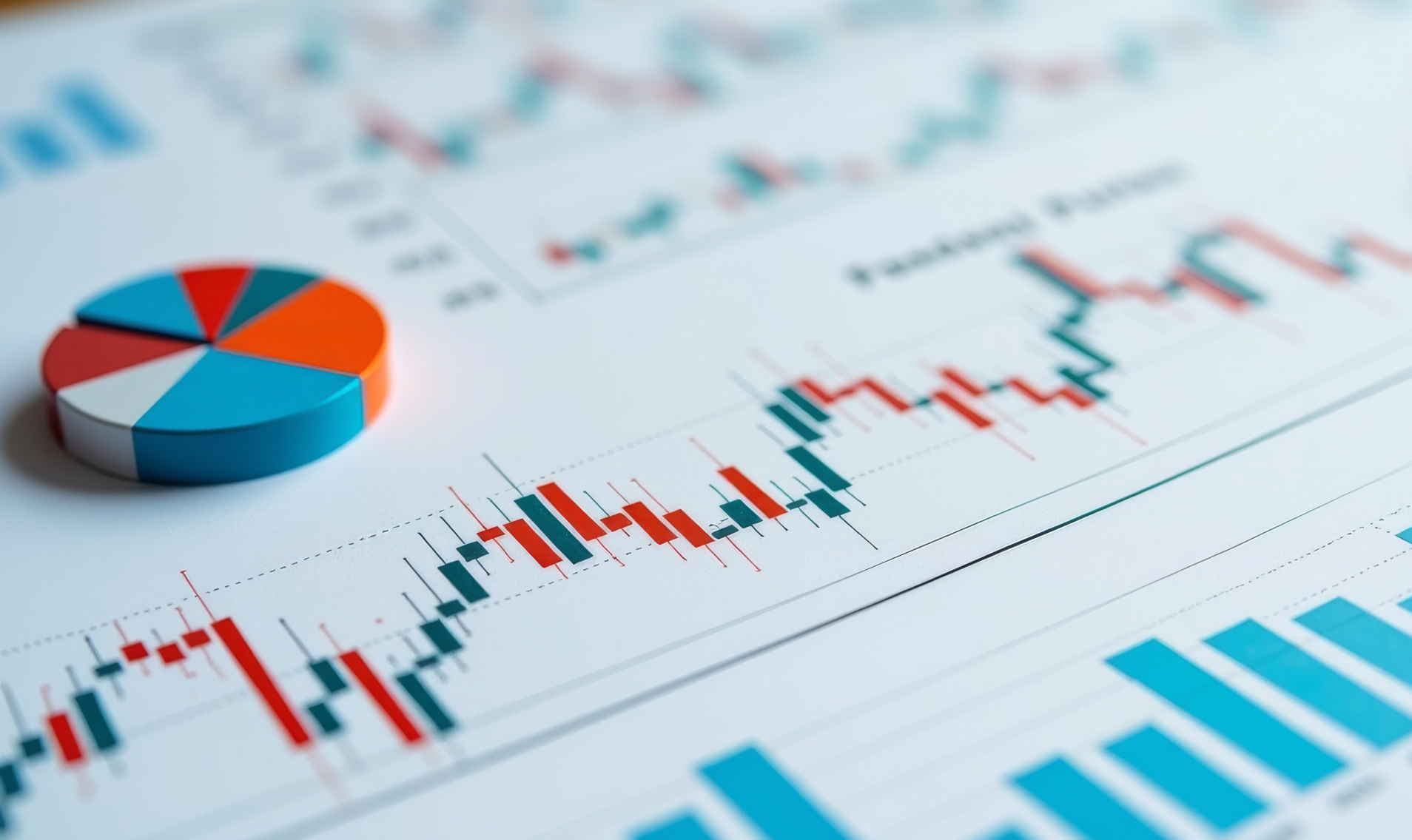Diversifying Beyond Stocks: The Role of Art, Crypto, and Collectibles in a Modern Retirement Portfolio

Retirement used to be simpler. You worked hard, set aside savings, invested in a traditional stock-and-bond mix, and coasted into your golden years. But today’s economic world feels less predictable, more digital, and deeply personal. As inflation fluctuates, markets wobble, and new asset classes gain momentum, more people are turning to alternative investments to steady their future. That means looking beyond traditional stocks toward things like digital currencies, fine art, and rare collectibles—yes, even that vintage guitar in your closet might be worth something. These alternative assets are making their way into modern retirement strategies, especially for those who want more control, creativity, and resilience built into their portfolios.
Why Traditional Portfolios Feel Outdated
There’s nothing inherently wrong with stocks or mutual funds. They’ve built fortunes for decades. But relying entirely on market performance can leave investors exposed to downturns that take years to bounce back from. For those nearing retirement—or already there—that kind of recovery time just isn’t ideal.
That’s where alternatives come in. Assets like crypto, art, and collectibles aren’t tied directly to the stock market. They can move independently, offering a cushion when traditional markets falter. While they may not be without risk, their potential for return, combined with their uniqueness, can offer a meaningful edge. People are also realizing that their investments should reflect more than just numbers on a screen. Value, now, is as much about personal meaning and tangibility as it is about performance.
Of course, timing and location play a role too. If you’re eyeing retirement in a place like Southern California, the cost of living raises the stakes. People often ask, how much do you need to retire in San Diego? And the answer varies wildly depending on lifestyle, but it’s clear: a flexible, diversified portfolio can help stretch and support those savings in a way that feels less vulnerable to market mood swings.
The Rise of Crypto as a New-Age Retirement Tool
Cryptocurrency was once dismissed as a novelty. Now, it’s being seriously considered by major investors and individuals alike. The decentralized nature of crypto appeals to those who want to diversify without being entirely tied to government monetary policy or Wall Street activity.
Volatility is still a reality in the crypto space, but that’s not necessarily a deal-breaker. For long-term investors, riding out the highs and lows can mean catching significant gains over time. Including a small, measured allocation of digital assets within a broader retirement strategy can add depth and hedging potential. For some, it even becomes a generational asset—something that not only supplements retirement but could be passed on as a long-term store of value.
And that’s where retirement planning starts to shift. It’s no longer just about hitting a number. It’s about building something that can live and breathe with the changes of the world around it. That includes rethinking old rules and embracing new financial landscapes that, while unfamiliar, are starting to become the norm.

Art and Collectibles: Beauty, Meaning, and Long-Term Value
Art might hang on a wall, but it can also work hard behind the scenes. Many high-net-worth individuals have long known this, but now more everyday investors are catching on. A well-chosen piece of fine art or a rare collectible can appreciate over time—sometimes at surprising rates.
What makes this category appealing is that it blends financial potential with emotional satisfaction. You’re not just looking at numbers grow; you’re enjoying a piece of culture, history, or personal identity. Think about how that adds to the quality of life in retirement. That old jazz record collection or comic book series? If it’s rare and desirable, it might just become a nest egg of its own.
And unlike stocks, these assets often hold value regardless of market swings. They don’t offer instant liquidity, but for those who can play the long game, they add both diversity and a sense of groundedness to the mix.
Risks, Rewards, and the Case for Balance
Of course, no investment is perfect. Alternative assets can be unpredictable, sometimes illiquid, and often misunderstood. But that doesn’t mean they should be ignored. When paired with traditional investments, they can create a more balanced, modern portfolio that speaks to today’s challenges and tomorrow’s opportunities.
The key is moderation. A slice of crypto here, a touch of art there, maybe a rare collectible passed down from family—all combined with the basics of sound investment strategy. That layered approach gives investors the chance to ride out turbulence while still growing their wealth over time. It’s about seeing value in more places than a stock chart and crafting a retirement plan that fits not just a budget, but a personality and lifestyle.
Final Thoughts
The old rules for retirement aren’t gone, but they’re definitely evolving. As more people look for resilience, creativity, and personalization in their financial lives, it makes sense to diversify beyond the familiar. Crypto, art, and collectibles aren’t fringe ideas anymore—they’re part of a growing toolkit for building wealth with depth and meaning. For those willing to learn and adapt, they offer a way to retire not just securely, but on their own terms.

